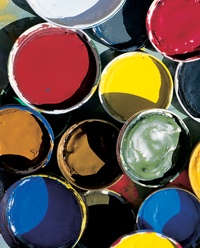CrunchBang
Now that you've tried Ubuntu, are you ready to explore other Linux distributions? Like Ubuntu, CrunchBang is a Debian-based distro with a lot to offer.

Now that you've tried Ubuntu, are you ready to explore other Linux distributions? Like Ubuntu, CrunchBang is a Debian-based distro with a lot to offer.
You're a happy Ubuntu user who has set up your day-to-day system just the way you want it. You have everything tweaked to your liking, you have your lenses all in order, and you are humming along nicely in the digital realm.
Yet, there's something nagging at you that you can't put your finger on. There's an urge – an unavoidable urge – that makes you wonder, sometimes aloud, "Gee, I wonder how other distro users live."
Ubuntu users whose digital wanderlust is piqued have some options. To stay near the Ubuntu neighborhood, you could try one of the other distros in the Ubuntu family: Kubuntu, with the KDE desktop [1]; Xubuntu, featuring the Xfce desktop [2]; Lubuntu, showing off the LXDE desktop [3], and so on. You could even go out on a day journey in the Linux realm and use an Ubuntu-based distro like Linux Mint [4], Bodhi Linux [5], or others that use Ubuntu as their starting point.
[...]